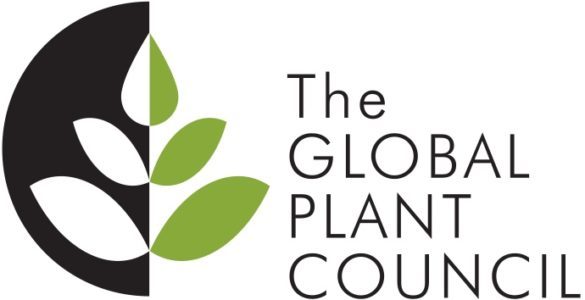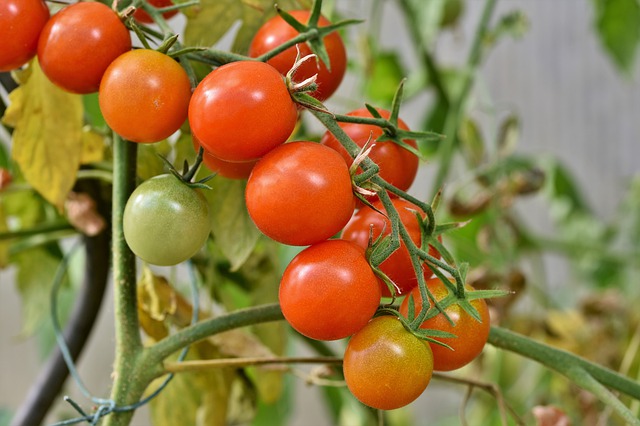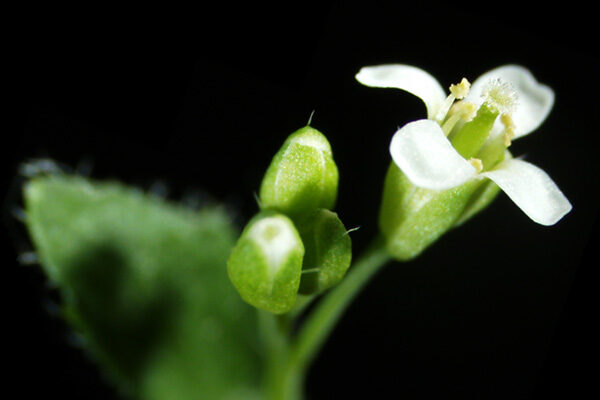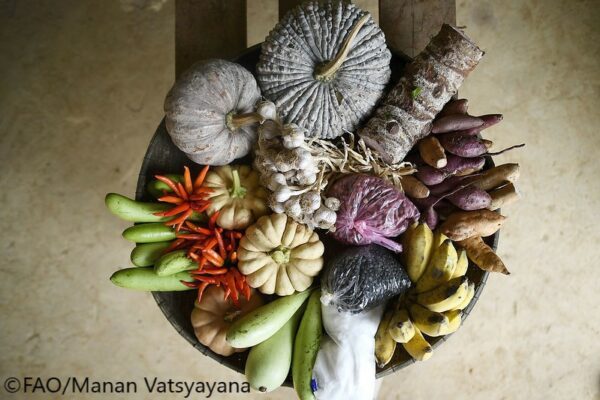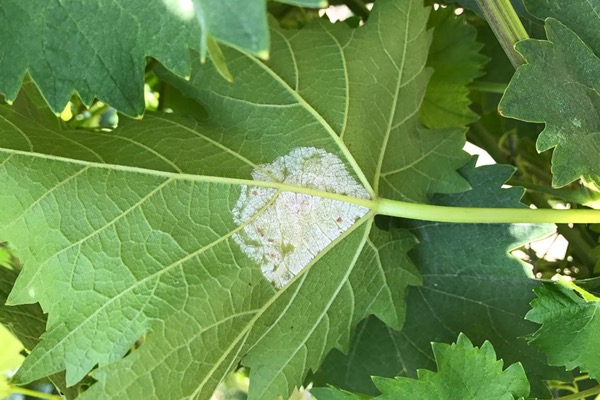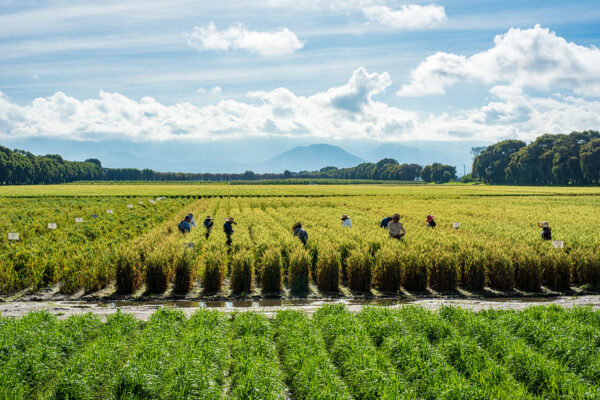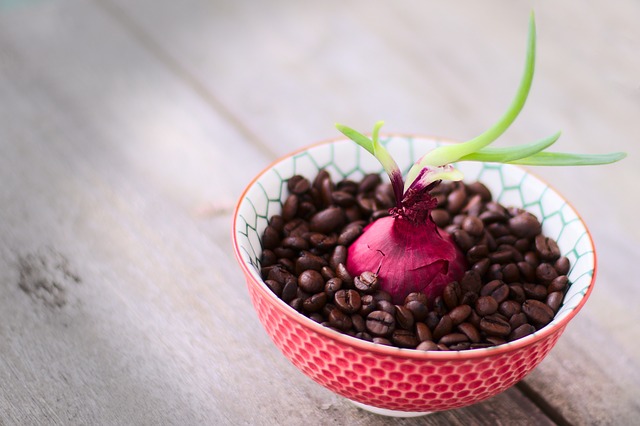
Small to moderate amounts of caffeine can lift your moods and drop the stress levels. Caffeine (trimethylxanthine) is nothing, but a modified form of a related molecule called xanthine, which can also be converted into other smaller molecules that help the plants cope with stress. Of course, the kind of stress that the plants feel is different and more defined than that from human. For example, the most prominent stress in the plants is the lack of sufficient water. Hence, in a way, the content of xanthine in the plants can contribute to lifting the mood of the plants.
